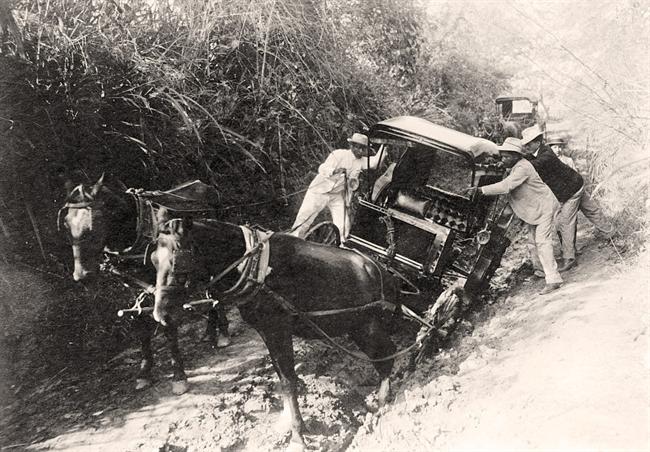As we begin a new year I have been thinking about something. More specifically, I have been asking myself a question that is not an easy one to answer.
Here is the question:
“If I could have one thing now that I either don’t currently possess or that I do possess but would like to have more of, what would it be?”
I know some of you are saying right now, “Scott, you really need to spend your time thinking about deeper things.”
I agree.
And after you judge me for thinking this, you will likely sit back and think to yourself, “What do I want more of”?
Here are some things I consider as I ponder the question myself:
More clients to grow my business
More money to buy and do more things
More peace so my stress level would be lower
More impulse control so I won’t crave Chex Mix at 9 pm
More time to do what I love when I want to do it - like play more golf
A Little Irony
Most of you who know me know that I am a fairly spiritual person. I often start my day around 7 am with some reflection time that includes a few things:
A 21-day prayer journal that our church is working through.
A Daily Meditation by Richard Rohr called “Yes, And…”.
Reading some scriptures from my Leadership Bible and writing a reflection in my journal on what I am learning.
Interestingly enough, as I have this question rolling around in my head, “what do I want / more of,” I sat down one morning this week to the following:
The prayer journal lesson was about the places Jesus went in his few short ministry years. There was a collision between the realities of his heavenly kingdom and the brokenness of our fallen world.
Rohr wrote, “It’s all about seeing…moving from dualistic to non-dualistic thinking at the highest levels.”
My scripture reading was from 1 Kings - the place where God appeared to King Solomon and said, “Ask for whatever you want me to give you.”
My journaling brought these three big ideas together: a) the brokenness of the world, b) being open and patient with ambiguity, and c) that God asked Solomon the same thing I was asking myself.
Pretty interesting, right? I have this question rolling around in my head, then wake up and my reading for the day is God asking King Solomon the very same question.
Now I am feeling better about my question not being silly or trite. I mean… if God asked it of Solomon it has to be a good question…right?
What Would Solomon Do?
As I continued in my journaling reflection, I began to notice that all three of these topics have something in common.
To answer any of them, brings in the unknown.
What to do about the brokenness of our world?
How to be open and patient with that which is ambiguous in my life?
If I could ask God for one thing, what should it be?
This realm of the unknown to me is like a big dark cave. It brings feelings of both anxiety and fear. I just really don’t like not knowing. I would much rather be in control and know. Give me certainty all day long over the unknown.
I guess this is what impresses me the most with this part of the story about King Solomon. He could have been selfish and asked for his kingdom to grow, he could have asked for money to buy more stuff for the palace. He could have even asked for impulse control so his tummy doesn’t hurt at night after he eats his favorite snack. Shoot, he doesn’t even ask to live a long life free of problems.
Think about this with me for a minute.
God shows up to Solomon in a dream and says “Ask me for anything and I will give it to you.” Solomon, now in the driver's seat to be granted anything he wants….
Can you feel the drama building…. ?
He asks for wisdom.
Wisdom to be able to make good decisions and distinguish between right and wrong on behalf of his kingdom.
What an interesting request!
Wisdom. This pinnacle of human development.
Next week I will begin to unpack this idea of wisdom and leadership a bit more. I don’t think anyone would argue that in our world today, wisdom is something that is needed by leaders everywhere.
Perhaps this is a good question for all of us to ponder, after all.
If God showed up to you in a dream and told you to ask Him for anything, what would it be for you? I’d love to hear your thoughts.



















